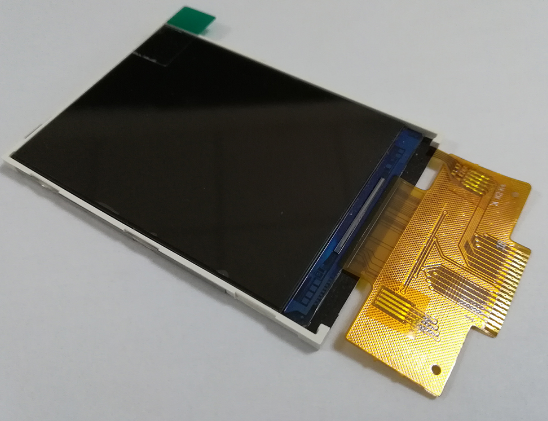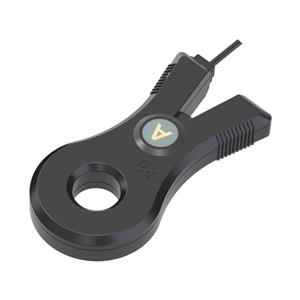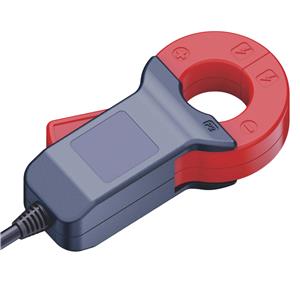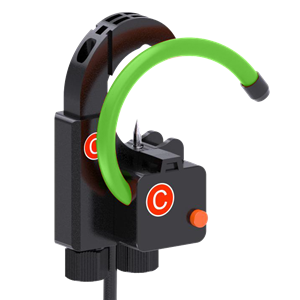LCM Backlighting Solutions
Backlighting solutions play a crucial role in the performance and visual quality of Liquid Crystal Modules (LCMs). Different types of backlight technologies have been developed and implemented in LCMs, each with its own advantages, drawbacks, and future prospects.
LED (Light Emitting Diode) backlights are the most commonly used backlighting solution in LCMs. LEDs are small, energy-efficient light sources that provide uniform and bright illumination behind the liquid crystals. LED backlights offer several advantages, including high brightness, long lifespan, and color consistency. They are also cost-effective and widely available. Moreover, LED backlights can be dimmed or controlled to adjust the display's brightness, allowing for better energy efficiency and eye comfort. However, LED backlights can suffer from issues like light bleeding and uneven backlight distribution, which might impact display quality in certain scenarios.
OLED (Organic Light Emitting Diode) backlights are another type of backlight solution that has gained popularity, especially in smaller devices like smartphones and smartwatches. OLEDs consist of organic compounds that emit light when an electric current is applied. One of the major advantages of OLED backlights is their ability to produce deep blacks and high contrast ratios, resulting in excellent color reproduction and vibrant visuals. They also offer wider viewing angles and faster response times compared to LED backlights. However, OLED backlights are generally more expensive to manufacture, have shorter lifespans, and are susceptible to burn-in issues, where static images can cause permanent damage to the display.

Emerging backlighting technologies like mini-LED and micro-LED are being developed to address some of the limitations of traditional LED backlights. Mini-LED backlights use a higher number of smaller LEDs to achieve better control over backlighting zones, resulting in improved contrast, deeper blacks, and reduced light bleeding. Micro-LED, on the other hand, utilizes even smaller LED chips, enabling higher pixel density and potentially better power efficiency. Both mini-LED and micro-LED technologies are still in their early stages but show promising prospects for future LCM applications, especially in high-end displays and large format screens.
In conclusion, the choice of backlighting solution in LCMs is a critical factor that impacts the overall display performance and user experience. LED backlights are the most commonly used solution due to their cost-effectiveness, energy efficiency, and availability. OLED backlights offer superior color reproduction and contrast ratios, particularly in smaller devices. Meanwhile, emerging technologies like mini-LED and micro-LED hold exciting potential for future advancements in LCM backlighting, offering improved control, contrast, and pixel density. As technology continues to evolve, it will be fascinating to witness further advancements and innovations in backlighting solutions for LCMs.




